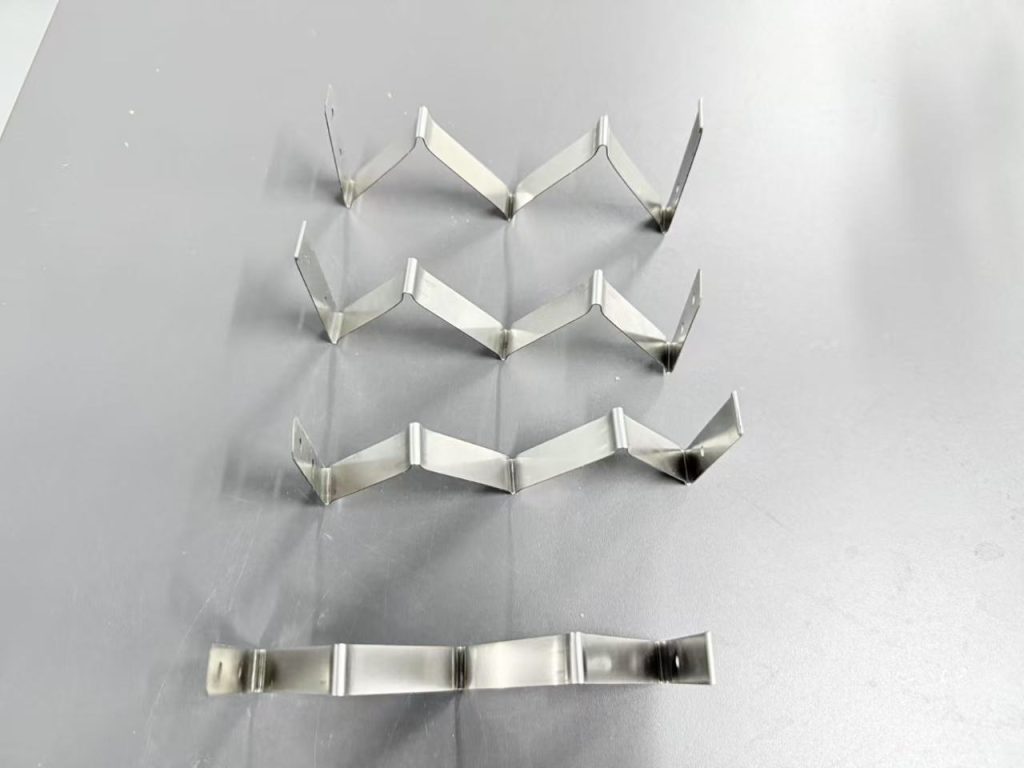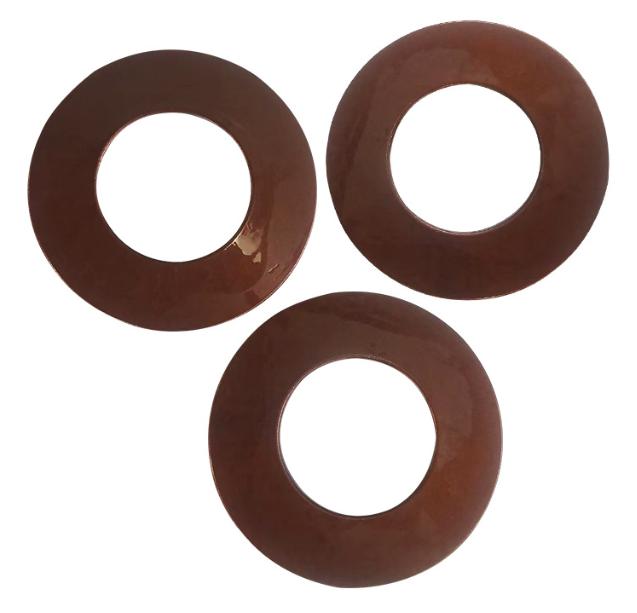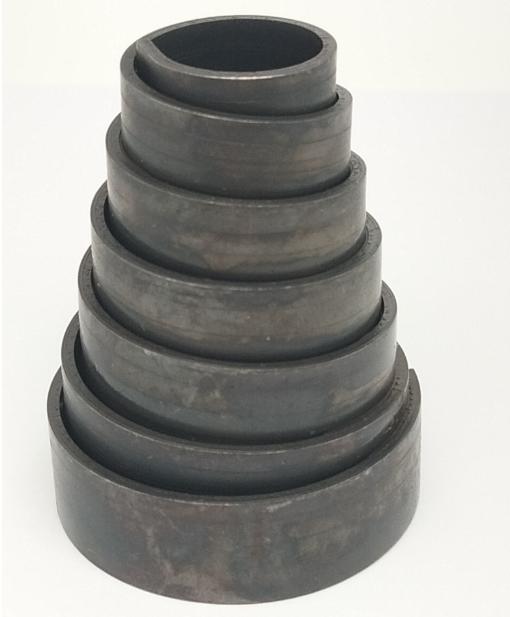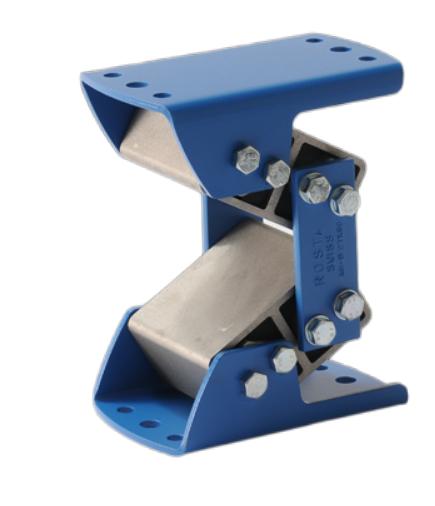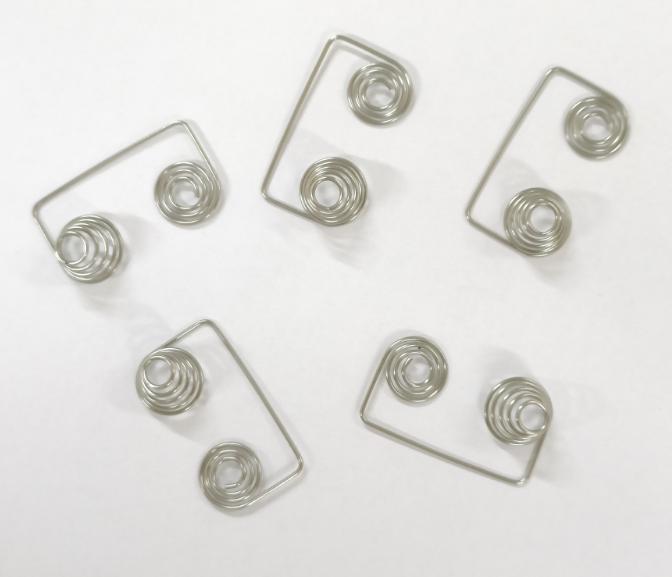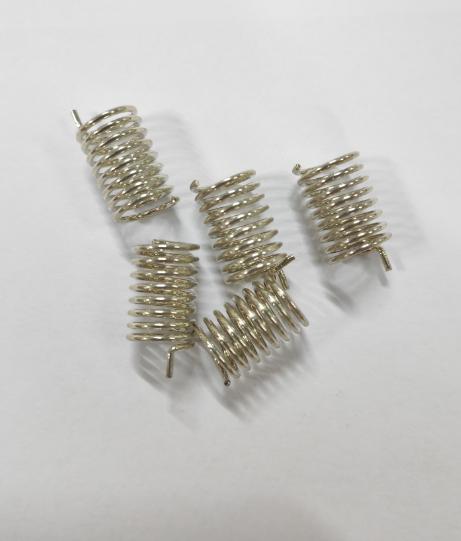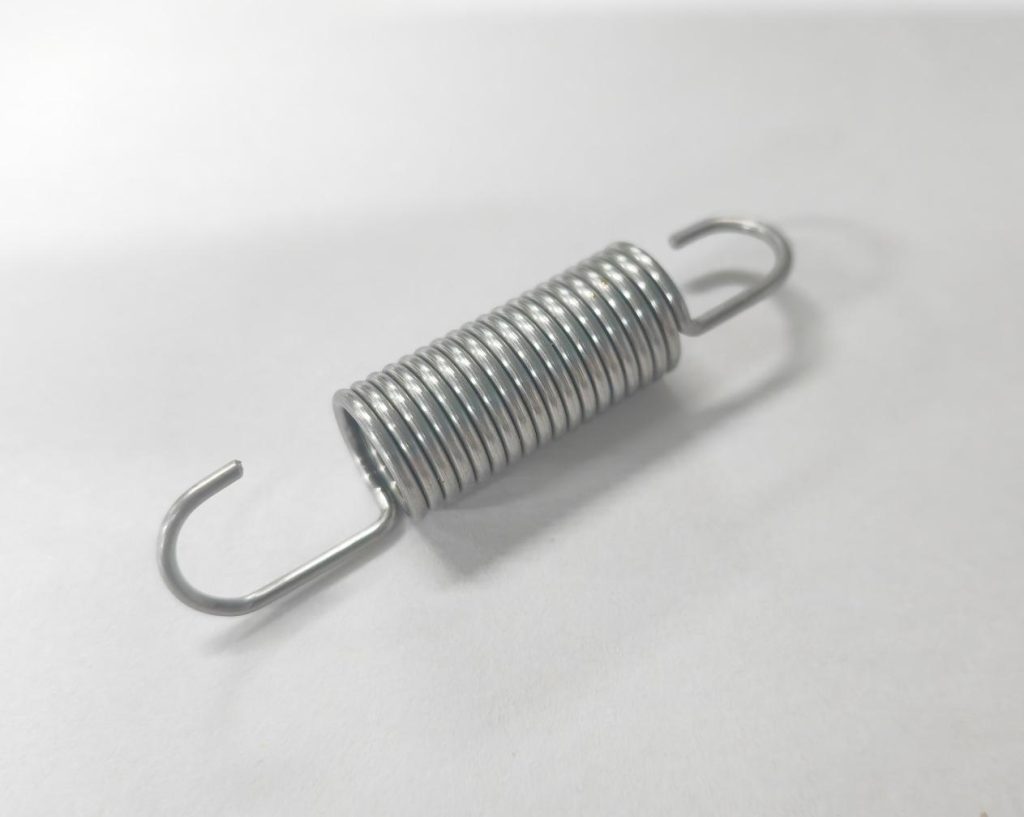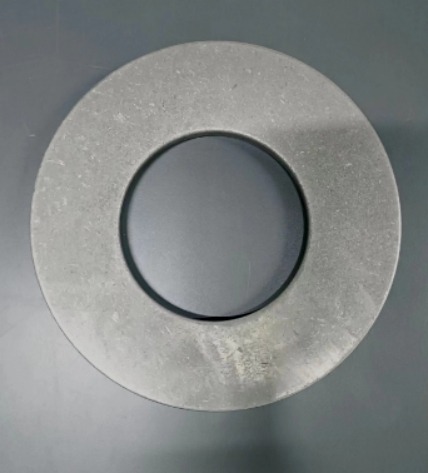Garage Door Springs: How They Work and When to Replace Them
Table of Contents
Garage door springs are crucial components of your garage door system, responsible for supporting and balancing the door’s weight during opening and closing. Without properly functioning springs, your garage door wouldn’t operate smoothly, and you could face safety risks. In this article, we’ll explore the two main types of garage door springs—torsion springs and extension springs—their working principles, how to replace broken springs and tips for maintaining your garage door springs to ensure long-term reliability and safety.
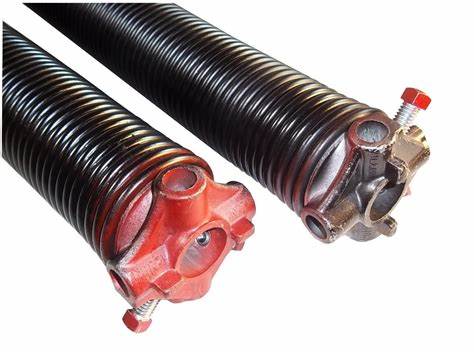
Types of Garage Door Springs
There are two primary types of garage door springs: torsion springs and extension springs. Both play essential roles in the operation of your garage door, though they differ significantly in their design and function.
1. Torsion Springs
Garage door torsion springs are heavy-duty springs that mount horizontally at the top of your garage door. They are coiled tightly and are wound or unwound as the door moves. The torsion spring system is more commonly used in modern garage doors because of its durability and smoother operation.
When the garage door is closed, the torsion spring is tightly wound, storing energy. When the door opens, the spring unwinds, releasing the stored energy to help lift the door. This counteracts the weight of the door, making it easier to open and close. Torsion springs come in various sizes and strengths depending on the weight and size of the garage door.
Advantages of Torsion Springs:
- Provide smoother and more controlled door movement
- Last longer than extension springs (up to 20,000 cycles or more)
- Better balance and less wear on other garage door components
2. Extension Springs
Garage door extension springs are installed along the sides of the garage door and stretch as the door closes, storing potential energy. When the door opens, the springs contract, releasing energy to help lift the door. Extension springs are typically used on lighter, smaller garage doors and tend to be less expensive than torsion springs.
These springs are attached to the garage door tracks on both sides and stretch as the door moves down, absorbing the door’s weight and preventing it from crashing down due to gravity.
Advantages of Extension Springs:
- More affordable upfront compared to torsion springs
- Easier to install and replace
- Suitable for lighter garage doors
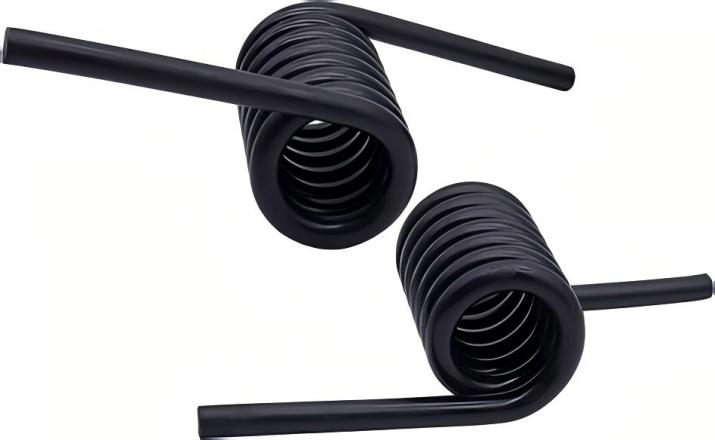
How Garage Door Springs Work
The primary function of garage door springs is to offset the weight of the garage door, making it easier to open and close manually or with an automatic opener. Without the springs, you would be lifting the full weight of the door, which can range anywhere from 100 to 400 pounds.
Garage door springs operate based on Hooke’s Law, which states that the force a spring exerts is proportional to its extension or compression. When a garage door closes, energy is stored in the compressed or stretched springs. As the door opens, the spring releases this energy, aiding in lifting the door. Both torsion and extension springs work on this principle, though they store and release energy differently.
1. Torsion Springs’ Working Mechanism
Torsion springs store energy by winding and unwinding around a metal shaft, coiling tightly when the door is down, and uncoiling when it rises. This process controls the door’s movement, ensuring that it operates smoothly. The stored energy in the spring helps lift the door by counteracting the force of gravity.
2. Extension Springs’ Working Mechanism
In contrast, extension springs extend and stretch when the door is closed, storing energy in their elongated state. When the door opens, the springs retract, releasing energy to lift the door. The tension in the extension spring directly affects the ease with which the door opens and closes.
The Impact of Spring Tension on Garage Door Operation
Properly adjusted spring tension is critical to ensuring smooth and safe operation of the garage door. Incorrect spring tension—either too tight or too loose—can lead to operational problems and safety hazards.
1. Extension Springs’ Tension
The stretching of extension springs plays a significant role in balancing the door. If the tension is too high, the spring will overcompensate, making the door open too quickly and potentially causing damage. If the tension is too low, the door may struggle to open or may not close properly, leading to issues like the door failing to stay down or bouncing back up.
2. Torsion Springs’ Tension
For torsion springs, proper tension is equally important. If the spring is wound too tightly, it may make the door rise too quickly and close abruptly, which could damage the door or cause a safety issue. If the spring tension is too low, the door might not open fully or will be difficult to lift. Adjusting the spring tension is critical to maintaining balanced operation and extending the life of the garage door system.
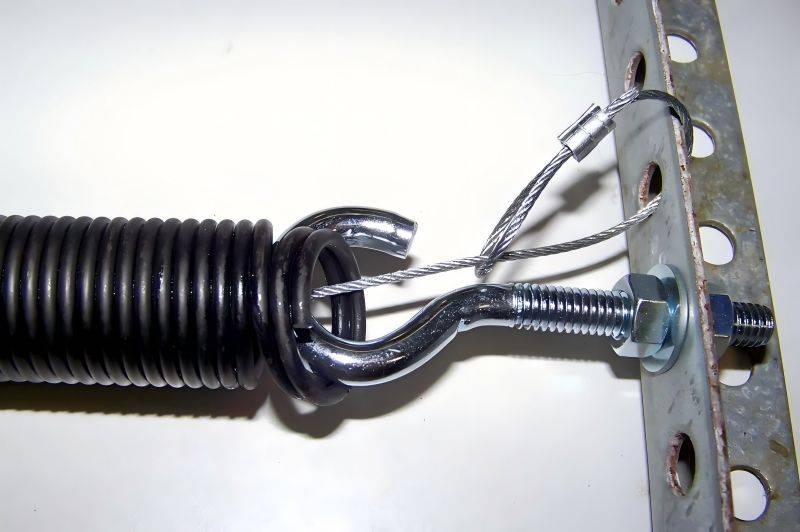
Signs of a Broken or Worn-Out Garage Door Spring
Knowing when your garage door springs are worn out or broken can prevent unexpected failures and safety risks. Here are some common signs that your garage door springs may need replacement:
- Loud, sudden noises: A loud bang, often described as a gunshot sound, can be a clear sign that a spring has snapped.
- Difficulty opening or closing: If the door suddenly becomes much harder to open or close, this could indicate a broken spring. The opener might struggle or fail altogether.
- Uneven garage door: When one side of the door is lower than the other, it could signal that one of the springs is broken, and the remaining spring can’t hold the door’s weight.
- Slack in the cables: If you notice the cables hanging loosely from the door mechanism, it could mean a spring has snapped and the cables are no longer under tension.
- Door not staying in place: A properly functioning spring will hold the door in position. If your door refuses to stay open or closed, the spring tension may be compromised.
How to Replace a Broken Garage Door Spring
Replacing a broken garage door spring can be dangerous due to the high tension in the springs. It’s essential to approach this task with caution, the right tools, and knowledge. If you’re not comfortable with DIY projects, it’s best to call a professional. However, if you’re ready to tackle the replacement, follow these steps:
Tools and Safety Precautions
- Tools needed: Wrenches, pliers, locking pliers, winding bars, and safety equipment like gloves and glasses.
- Safety first: Always ensure the garage door is fully closed before starting. Use a C-clamp or locking pliers to hold the door in place and disconnect the garage door opener to avoid accidental operation.
Steps to Replace a Torsion Spring
- Release the spring tension: Using a winding bar, slowly unwind the torsion spring to release tension. This step is critical and must be done carefully to avoid injury.
- Remove the old spring: Once the tension is released, unbolt the spring from the central shaft and remove it from the system.
- Install the new spring: Position the new spring on the shaft and tighten the bolts. Make sure to use the correct spring for your door’s size and weight.
- Wind the spring: Using the winding bars, slowly and carefully wind the spring to the manufacturer’s specifications.
- Test the door: After winding, test the door to ensure it operates smoothly. Adjust tension if necessary.
Steps to Replace an Extension Spring
- Secure the door: Use C-clamps to secure the door in a closed position before starting the replacement.
- Release the spring tension: Disconnect the spring from the pulley system, carefully releasing the tension.
- Remove the old spring: Once the tension is released, remove the old spring.
- Install the new spring: Attach the new spring to the pulley and secure it in place.
- Test the door: Open and close the door a few times to ensure proper operation and make necessary adjustments to the tension.
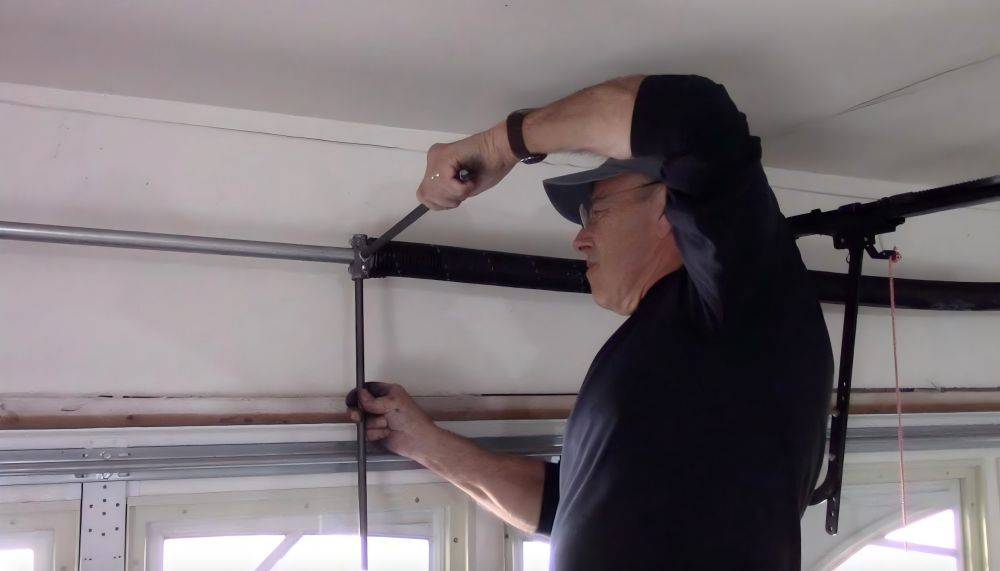
Maintenance and Safety Tips
Regular maintenance is essential to prolong the life of your garage door springs and avoid costly repairs. Here are some tips:
- Inspect regularly: Check for signs of wear, rust, or damage at least twice a year.
- Lubricate the springs: Apply a high-quality lubricant to the springs every few months to reduce friction and prevent rust.
- Check spring balance: Disconnect the opener and manually lift the door halfway. If the door stays in place, the springs are balanced. If not, they may need adjustment.
- Call a professional for major repairs: If you’re unsure about replacing or adjusting springs, it’s best to consult a professional to avoid injury or further damage.
In summary, garage door springs play a critical role in the smooth operation and safety of your garage door system. Understanding the differences between torsion and extension springs, knowing when to replace them, and learning how to maintain them can help you avoid serious issues. While replacing a broken spring can be a DIY project for those with the right tools and experience, it’s always a good idea to consult a professional if you’re unsure. Proper maintenance and timely replacements ensure your garage door operates safely and efficiently for years to come.

